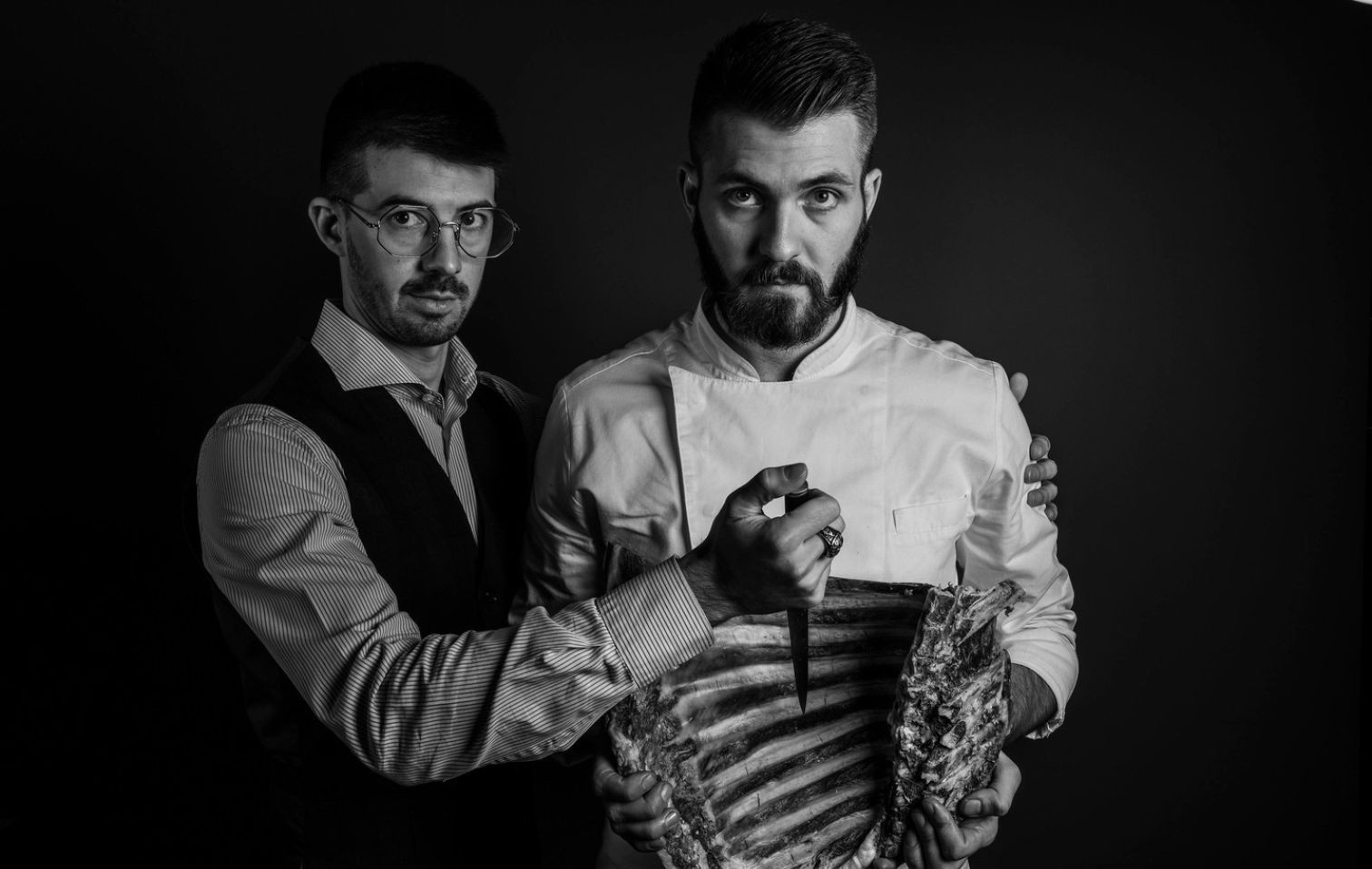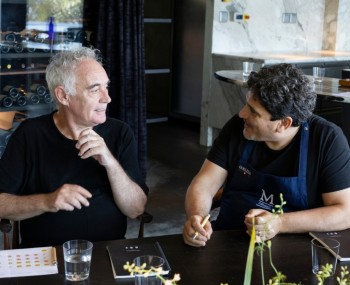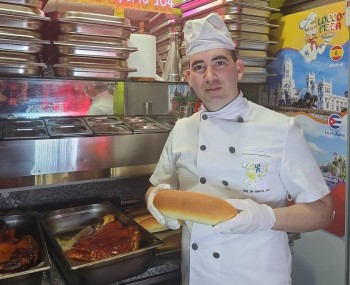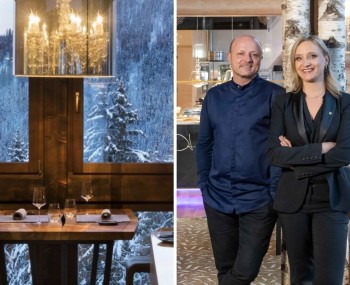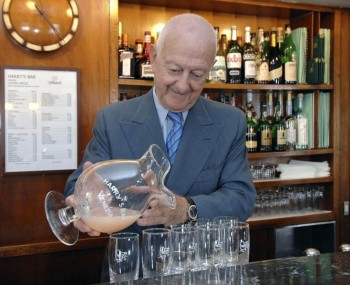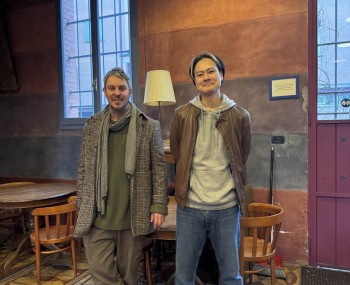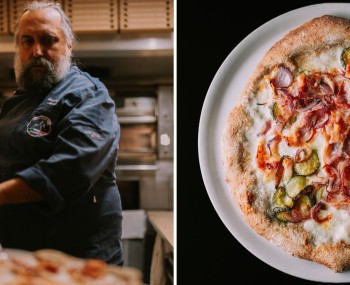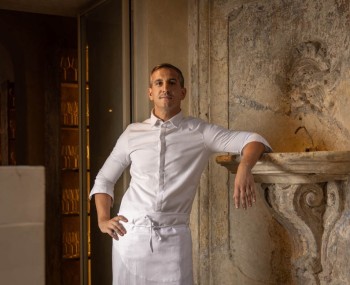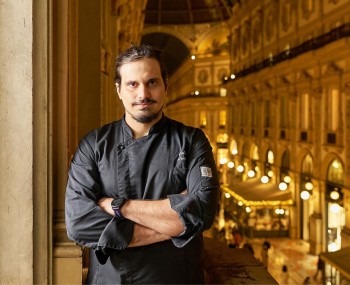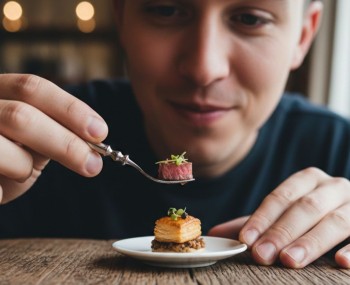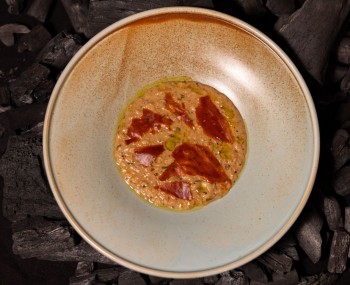Grow's menu conveys a powerful and highly relevant message: nature is not a supplier. Two brothers from Brianza, fine dining in the "wild countryside," and the rare ability to overturn conventions with knowledge.
Photo by Lido Vannucchi
The story
Perhaps for the first time, the skull of a deer hanging on the wall is not a trophy. It's not the vanity of the predator-prey scheme, not the power displayed on the wall as if to say see-what-I'm-capable-of, not even the pastime that turns into gossip, air, bragging. It's not the camouflage to hide in. Perhaps for the first time, it's a sign of respect, a symbol of a radical choice, evidence that ethics towards nature and the planet must return to that past where nothing was owed to you, not even the beauty or the violence of nature.
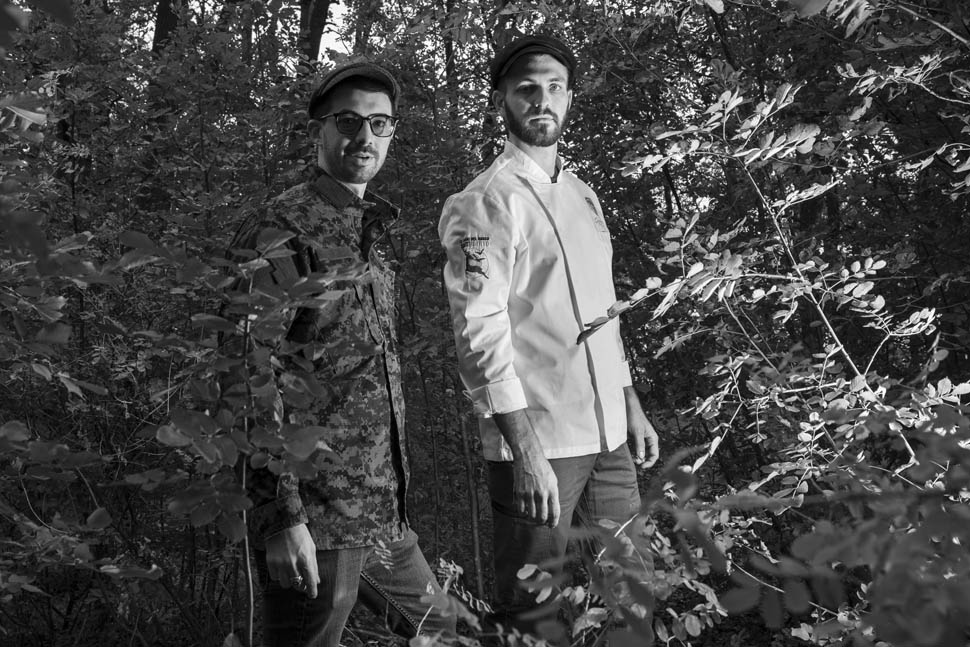
Matteo and Riccardo Vergine are the owners of Grow. Two atypical Brianza brothers who, in Albiate, run one of Italy's most extreme venues. Atypical because they are completely outside the stereotypes of Brianza. Up to Carate, there is the urbanized Brianza, then you go back 50 years. There are woods and fields. Albiate is right at the beginning of this wild face of Brianza, of which unfortunately only that of furniture factories and self-made entrepreneurs with a little Porsche is known. The different and wild Brianza is that of Matteo and Riccardo.
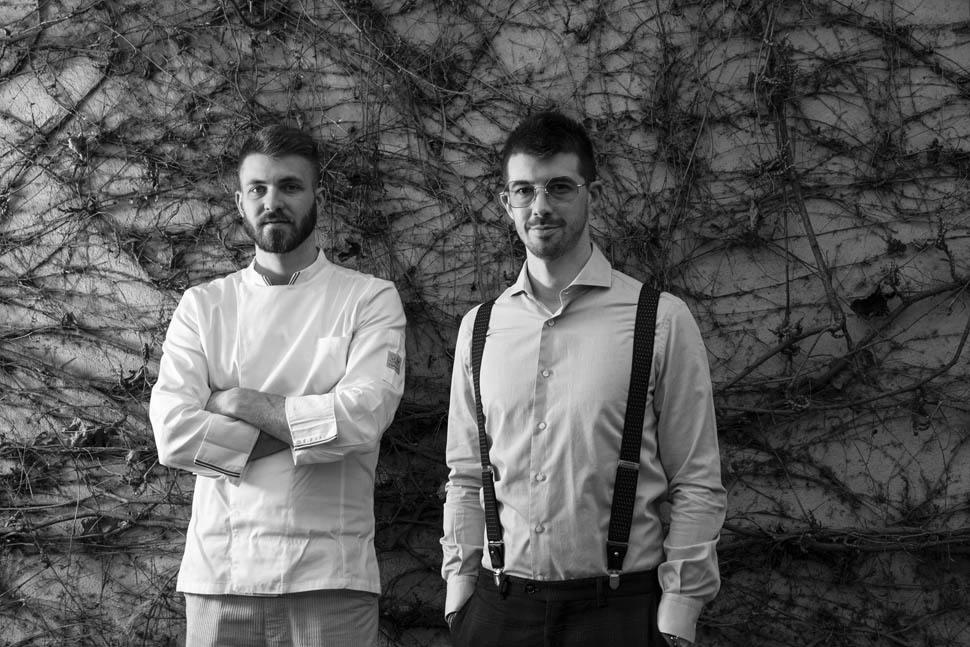
"Our goal is to show that there is more than just Milan. That in Brianza, there is a precious part of green and rural Lombardy. We want to try to bring our customers back to a primordial world, almost devoid of the massive development we have become accustomed to. Today, we want everything immediately. We don't pause to think if it costs too much or too little, if we are forcing nature, what's behind it. We want it as soon as possible. This, in our opinion, goes against both human nature and nature itself. It leads you to not appreciate the things you do; everything becomes a step and therefore, unnecessary."
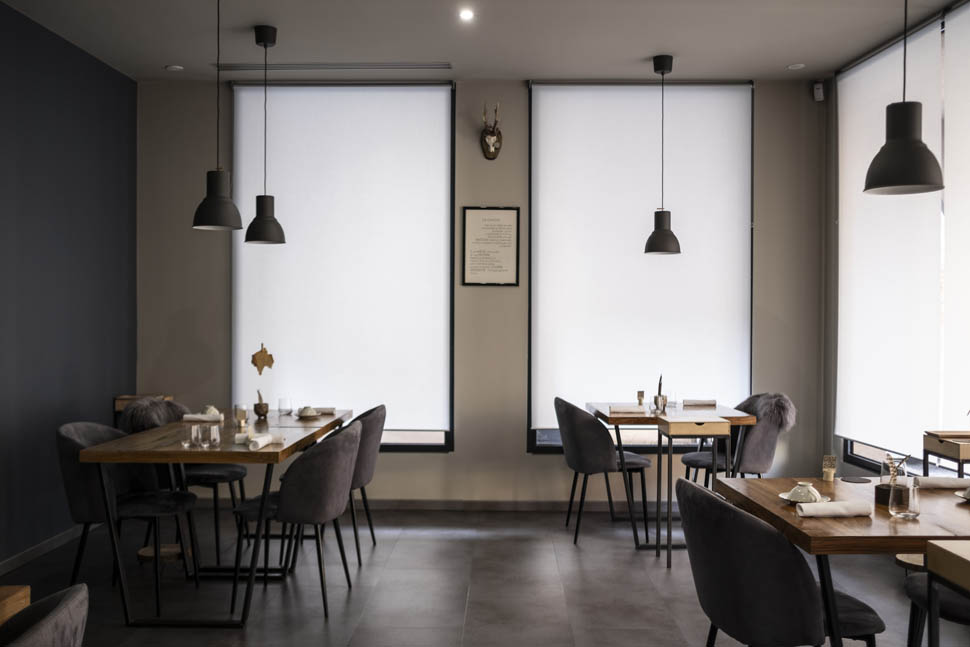
At Grow, no farm animals enter, no beef, no veal, no pork, no poultry. Only hunted and wild game. Only whole animals that can fit through the door. The same goes for fish. No sea fish, only fish caught by a single person in the rivers and lakes of Lombardy. For vegetables, the production is in-house with a garden in Briosco and another cared for by the guys from In-Presa in Carate, a training school that also Chef Matteo Vergine attended. For Riccardo and Matteo, game and large ungulate meat were a passion. Then it became the only choice possible.
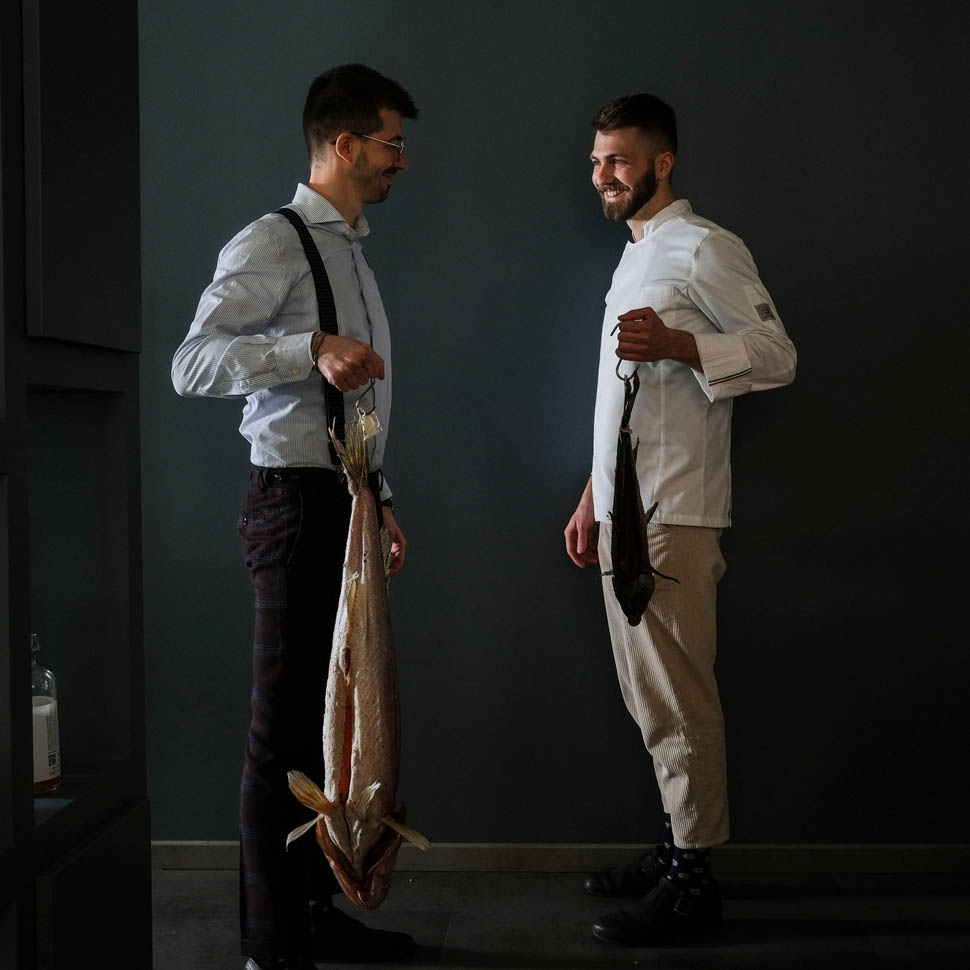
"When we thought about opening our restaurant, we visited farms, but something was always missing. We are not hunters; we like to accompany hunting trips. When you taste those meats, you understand that there is a gap even with the best farms in Italy. Even with farmed woodcock or teal, their meats tend to be sweeter, not as wild and intense. Because in farming, there are no worms. Even at home and with our family, we do the same, only game. We take the whole animal, process it all, and share it. A bit like it was done in the past. The meat is not as polarizing as believed, it suits a variety of palates, it is delicate; it's delicate; Today's rules on hunting have improved the entire process of enjoying and preserving the prey. In the past, hunters didn't have to have all the attention they have today because there were no precise rules. Unfortunately, hunters only communicate the animal's killing, only the trophy. They don't explain that maybe they've been pursuing it for a year, that there are rules, that there are many people involved in the shooting and checks."
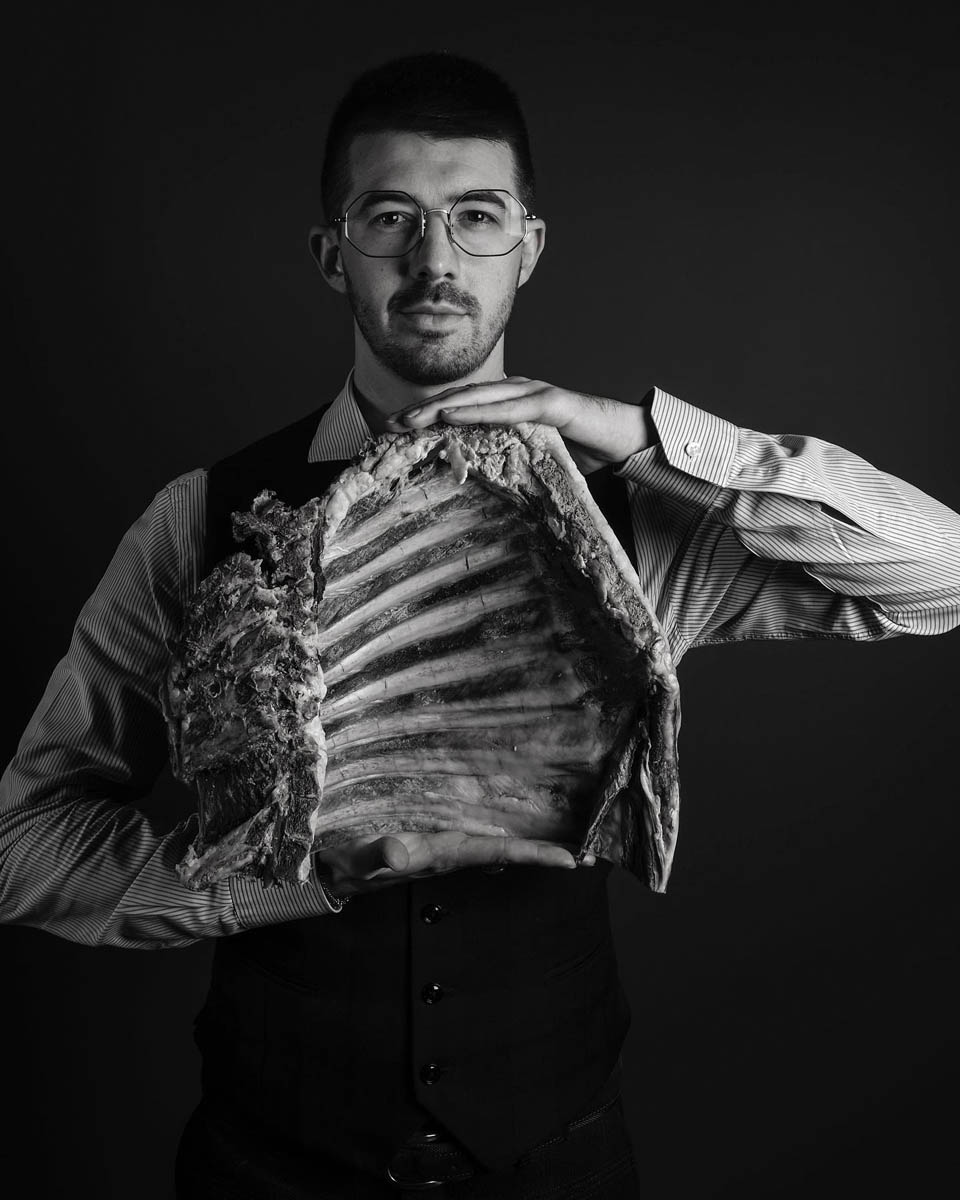
Certainly, Matteo and Riccardo do it with their so radical choice. Hence the problem of ensuring that meat throughout the year. Keeping up with the hunting calendar would be impossible, especially in the case of ungulates. That's why, after an initial period of dealing only with wild game birds, the two Vergine brothers chose the Sant'Uberto wildlife farm, which set up the traceability of large ungulates and thus a direct and controlled supply chain with hunters. On a legislative level, they were the first to regulate the withdrawal, certification, and sale of large ungulates for anyone.
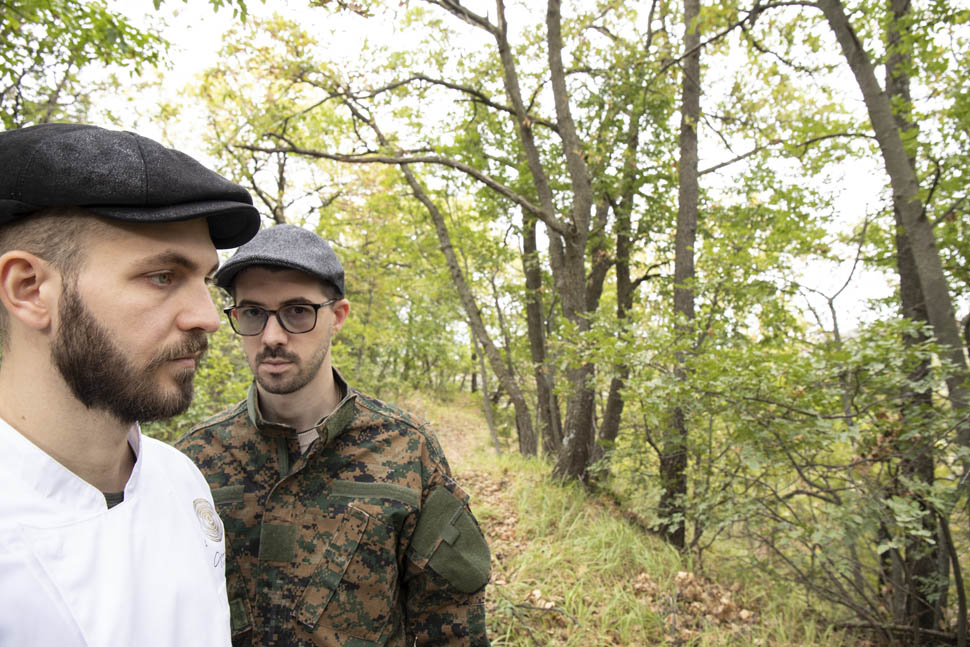
In recent years, game has increased significantly in the woods of Lombardy, thanks to the lockdown. The absence of the wolf - the great regulator - which returned to our forests only a couple of years ago, and the lack of a new generation of hunters, led the European Union to allow certain Hunting Lodges to also convert into meat processing and sales centers. Matteo and Riccardo collaborate and source from the one in the Prealpi Comasche, which also has a lab. The hunting chapter is something we cannot cover entirely. What we have learned that's interesting is this: a hunter goes out for a hunt and takes down an animal. Within two hours, they must present it to the Hunting Lodge. A veterinarian examines the hunted animal and certifies that there are no diseases or issues regarding its consumption.
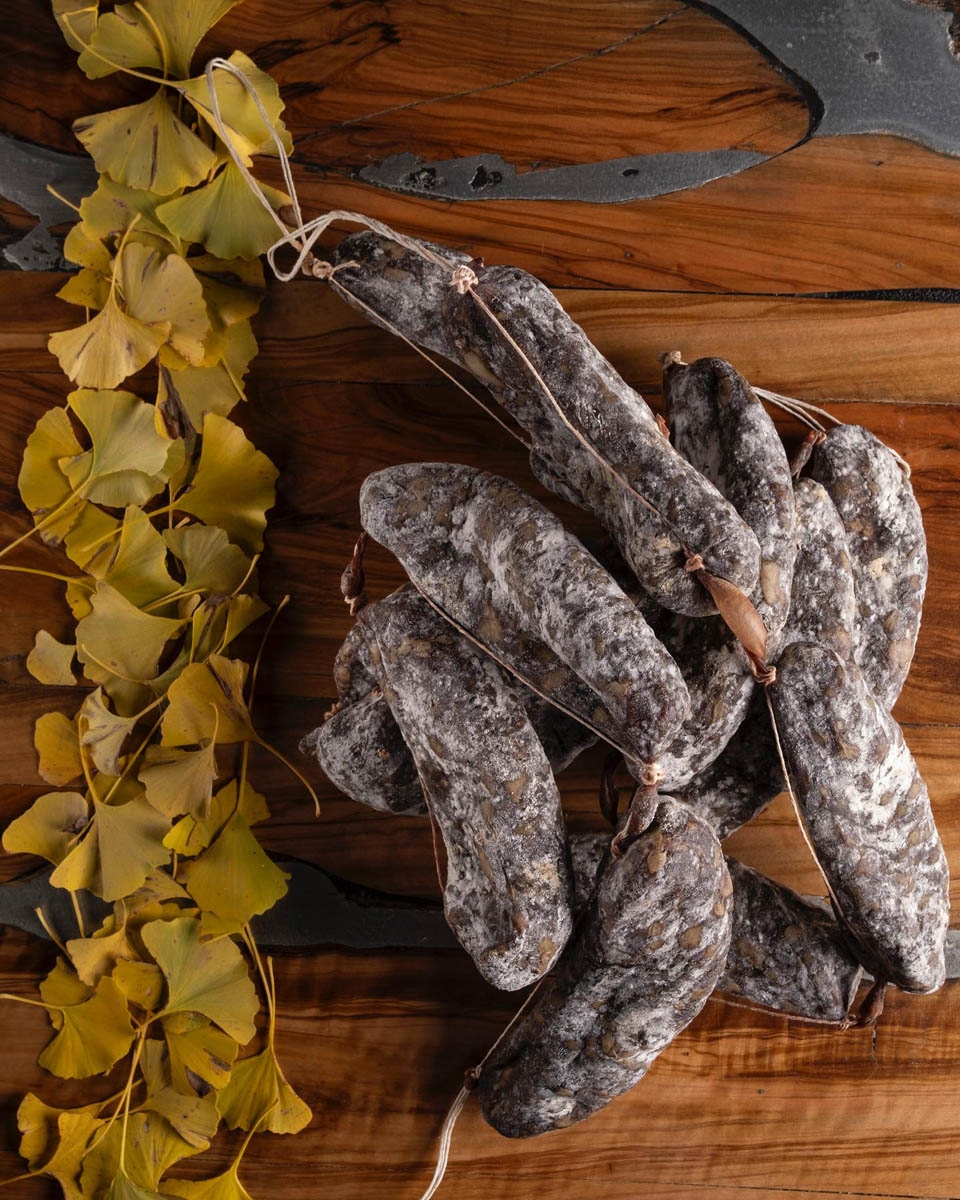
The veterinarian preserves a portion of the entrails for more in-depth analysis. If the Hunting Lodge is also a meat processing center - like Sant’Uberto - the animal undergoes more thorough checks, is skinned quickly, and stored in special refrigerated cells. Grow project was born with the idea of having three people in the kitchen and two in the dining area. However, Grow, like many others, was born under the sign of Covid. That it hasn't regressed, if not even born, is thanks to the determination and calm strength of Matteo and Riccardo. And also, the bread.
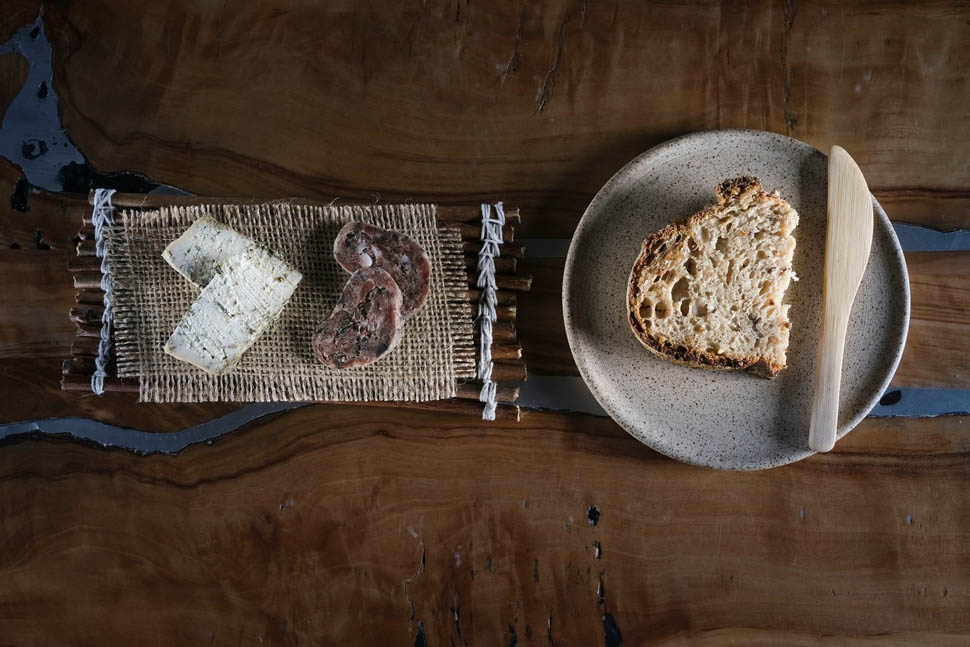
"The initial project was for 28 covers. A week before Covid, they handed us over the finished venue. We immediately halted all contracts. Takeout was unthinkable, and the first two months were inactive. In 2020, we worked for three months, with about fifteen covers, because it was a must. With the second lockdown, the real psychological blow came. We looked at each other again and then thought that in Albiate, there was no bakery, and none of the surrounding villages used sourdough. The response was insane; for a year, we had a line outside. We made bread at night. Two types, plus focaccia and sheet pizza, arancini, and panzerotti."
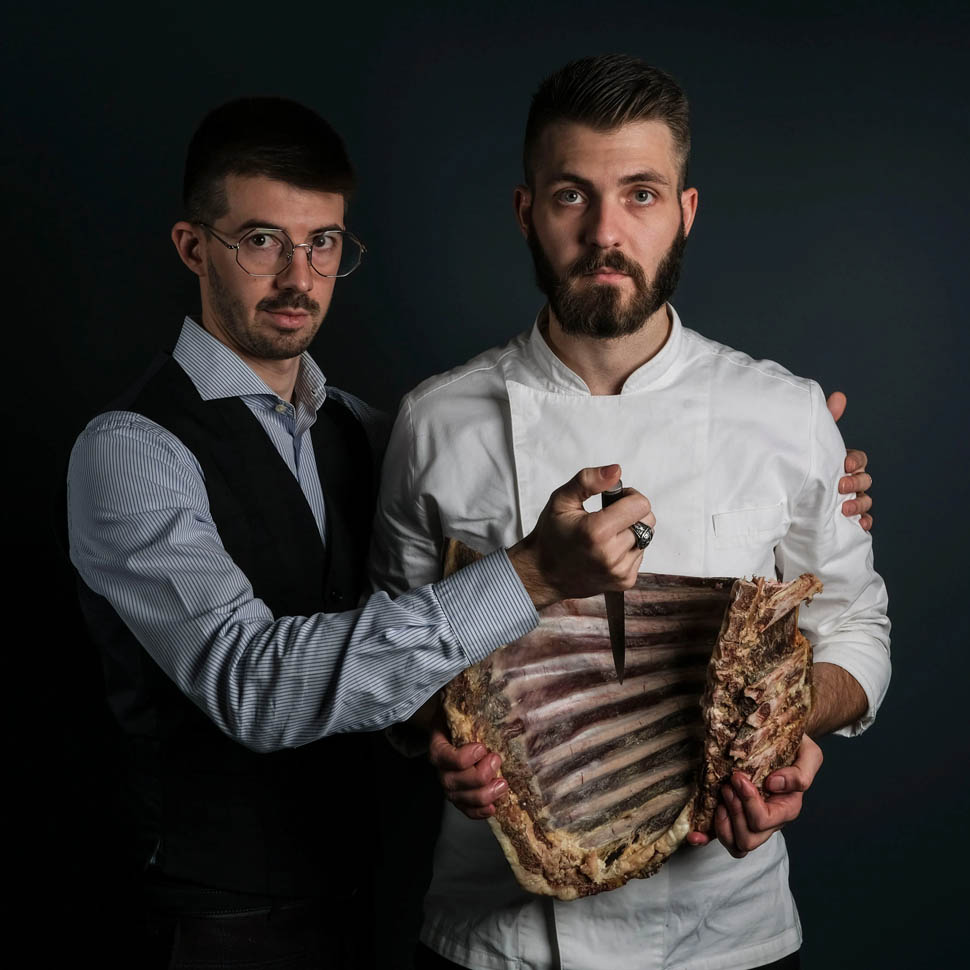
In addition to saving the project, bread has been the best possible advertising tool. While people bought the leavened products, Matteo and Riccardo talked about Grow that was coming, and many returned to try the cuisine and service. They continue to make bread for the restaurant and also for external customers on Saturday mornings. 2022 was the year of testing, and 2023 confirmed that the project holds up, for now, with only the two brothers and 8 covers in the dining area. We could say it's the most sustainable scenario. Only two employees, only two salaries, and two sets of contributions. Yet, the comparison is what Matteo and Riccardo continually seek. Matteo never manages to come out to the dining area. Riccardo follows his brother in the kitchen in all preparations. In contrast, Matteo accompanies Riccardo on all visits to wine producers. The need was to establish a channel of dialogue with other young people like them, such as the guys from Trattoria Contemporanea in Lomazzo and Davide Caranchini of Materia.
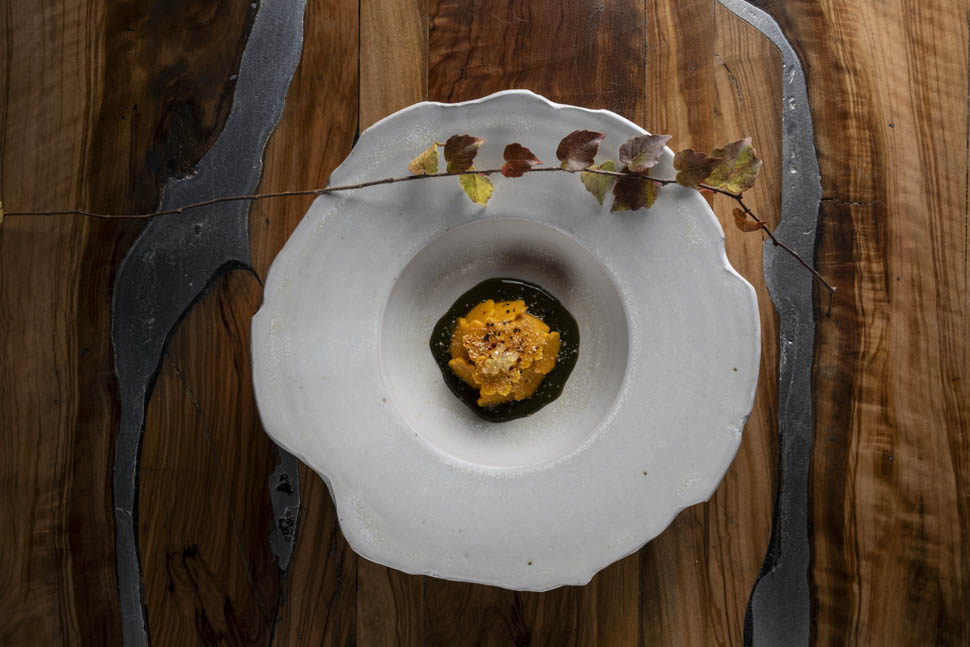
The kitchen
In Albiate, along a single street, there are seven trattorias. All offer what the typical Brianza resident demands: ossobuco, cassoela, boiled dishes, risottos, and some preparations that also include game dishes like hare in salmì. Opening a country trattoria has never been in the cards for the Vergine brothers, especially given the context just described. In their plans, there has always been a fine cuisine project that does not involve the pursuit of quality and technique regardless of the waste produced and the breeding or availability methodology. According to Matteo and Riccardo, fine dining today can only be ethical.
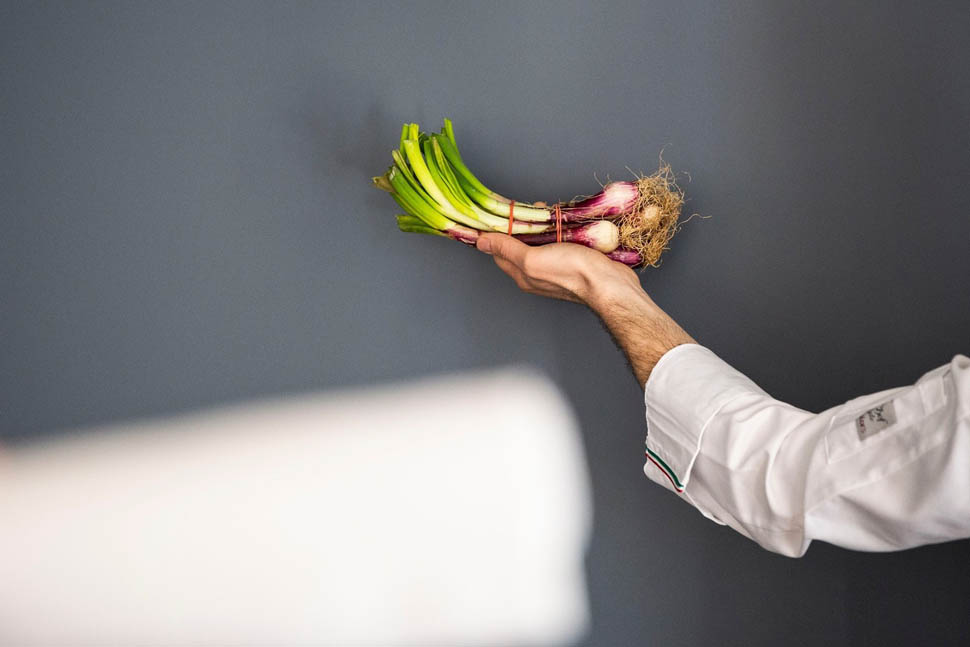
You have to think about cooking. At the same time, you must be aware of the past and the future of what you cook. Origin and consequences. They describe their cuisine, trapper, like that of American nomads who moved from north to south, cooking on embers and underground. They removed gas, using only renewable energy sources. They built a yakitori. They use induction for stocks and long cooking. For sauces, they returned to how they were made before nouvelle cuisine. Not a few hours, but a few days.
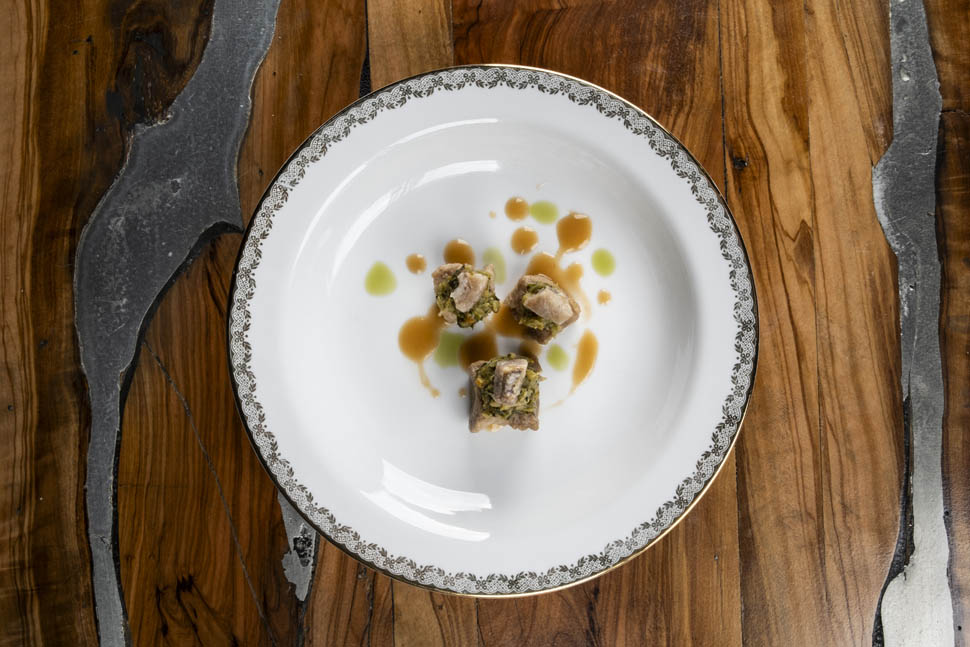
"We don't invent anything new. We try to take what was done in the past with a contemporary eye and updated techniques. In the past, the whole animal was used; we made cured meats, certain cuts underwent long cooking, and others were preserved. There were conservation methods that were not entirely safe, yet the principle was absolutely right. Meat preserves with beeswax were made in the past and are still made today. Before refrigerators, they were kept underground. They may seem new because there is a desire to rediscover the authentic taste of raw materials. For decades, we have been accustomed to tastes without edges, without soul, without differences."
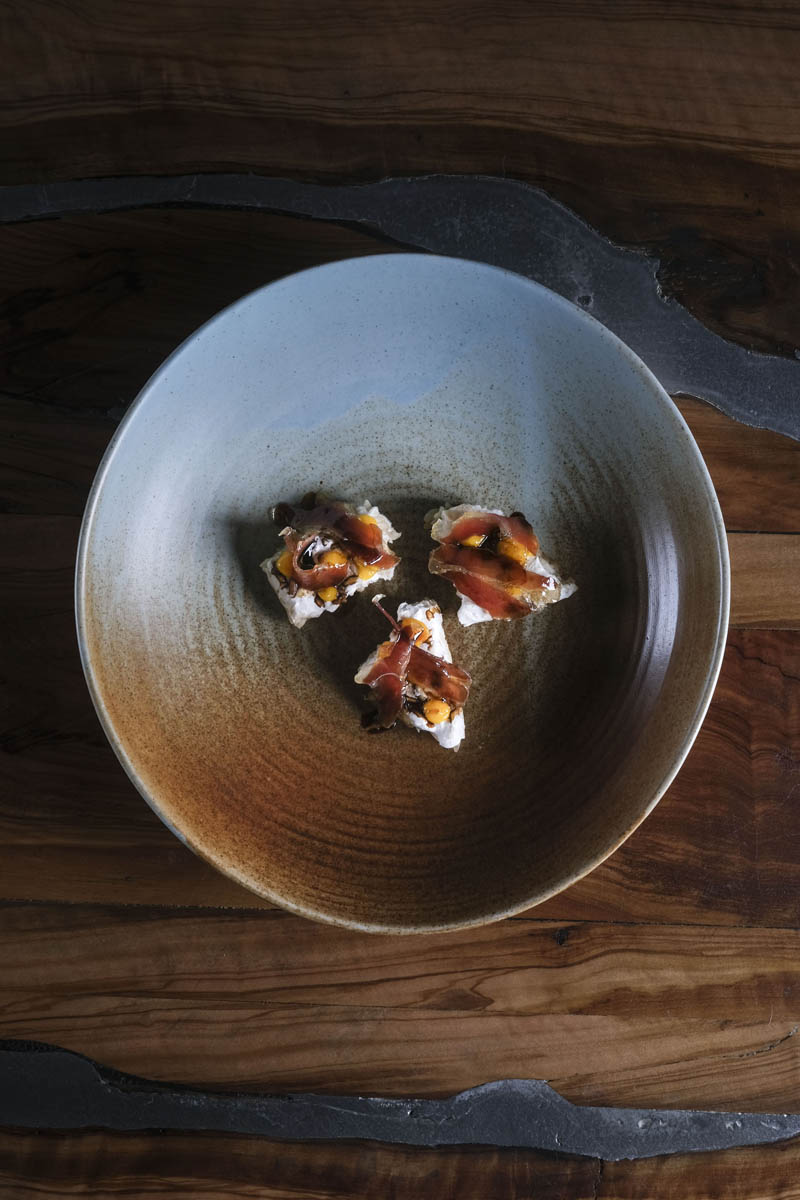
The dishes
"Anguilla e anatra" (Eel and Duck) and "Come una fagianella alla milanese" (Like a Milanese-style young pheasant) are two dishes that draw from Lombard Sunday and family recipes. Reinterpreted by that nephew who didn't want to recite poetry in front of everyone and then turned those dishes into a new lyric. The first brings back the stewed eel served with onions and green sauce. In Matteo's offering, the eel is treated with the ikejime technique and then cooked under a bell on the grill. While cooking, it is lacquered with duck jus. The skin becomes a crispy wrap, the first layer of meat is for the bite, the rest, well, the rest is juiciness and elegant fatness, whipped by an acidic breeze and the rancid intensity of the grill, creating a surprising compulsivity in the act of eating.
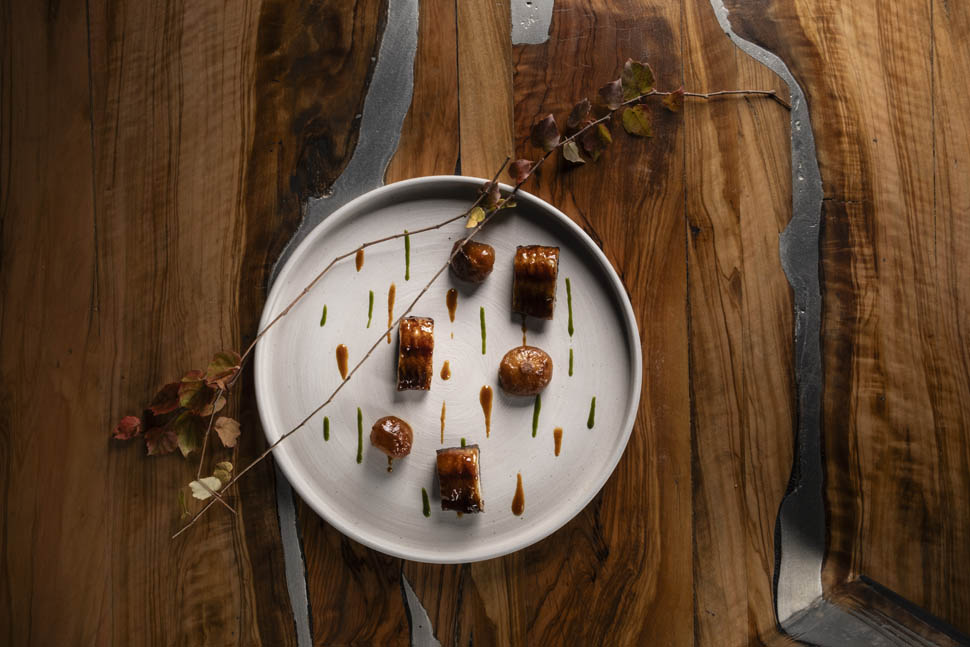
The second dish is perhaps the least extreme of the entire journey. The young pheasant is replaced by wild wood pigeon, which is deboned whole and then stuffed with the traditional filling: mascarpone, mushrooms, truffle, and spices. After a brief grilling, the wood pigeon with its filling is served with black truffle and bay leaf oil. Rich and bloody bites, the filling facilitates the work of the teeth, which seem eager to contribute. Less extreme, but no less woodland, balsamic, earthy, and leafy.
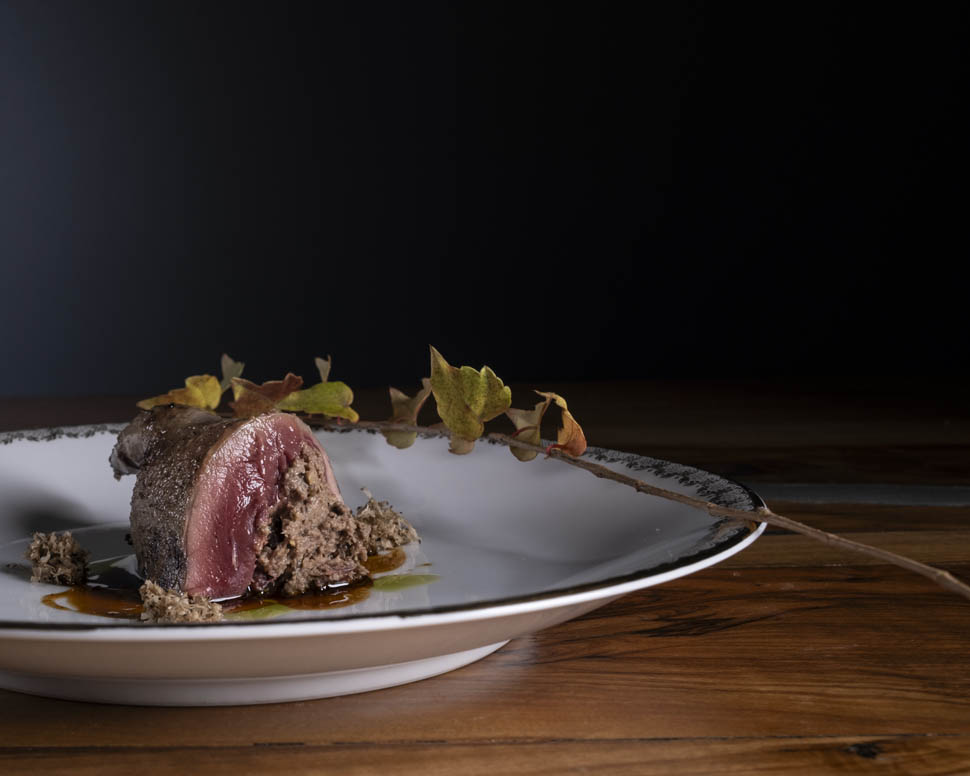
These are dishes for unspoiled palates, those to which we became due to the immediate everything that has made us beings for whom a "no" is unacceptable, a "it can't be done" almost an insult. The right to taste has led us almost to its cancellation, and to grow with little respect for nature, artisans, and farmers. Matteo says he didn't have a specific mentor but rather borrowed a bit from everyone he physically interacted with and those he encountered only in books. For aging techniques, he credits Edoardo Tilli, even though he spent only a week with him, and for meat in general, Sergio Motta, whom he got to know through a teacher at In-presa. This connection led him to meet professionals beyond and before the realm of cooked ingredients – the backstage of preparation, raw materials, and the restaurant business.
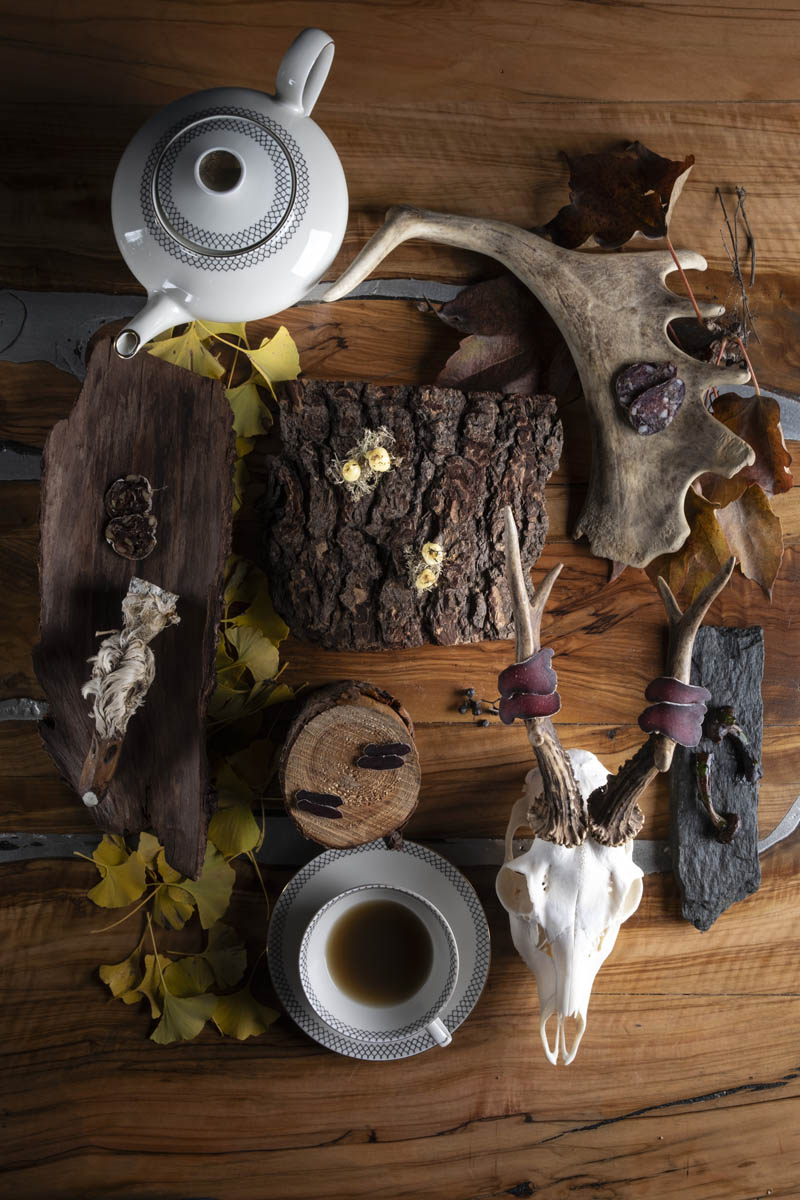
"The first study on aging was a failure because we applied studies done by others on beef. We thought, after all, meat is meat. However, that's not the case. Beef has the fat content that allows it to endure certain humidity and temperatures. Game doesn't have that fat, and its aging is much more similar to what is done for cured meats. Another issue is the difference between individuals. In farming, you buy a beef today that is the same as the one from three months ago, and you can apply the same criteria. In nature, it's not the same; nature is not a supplier. Is the animal fibrous or not, does it have more or less fat? Moreover, in wild animals, there's a significant difference between males and females. The male, especially during mating, is the most interesting in terms of flavor, as it has all the hormonal aspects that significantly affect the palate. Females are more tender and delicate. The audience tends to appreciate females more, as males come across as much more intense." Carni del Bosco is a dish where deer and mushrooms embody an ancestral existence.
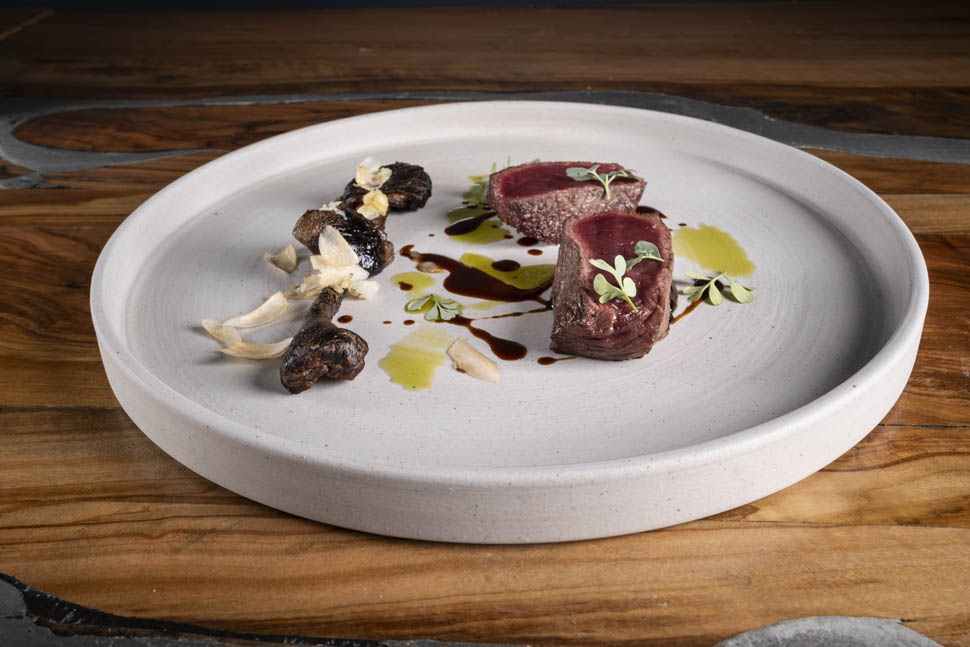
What could a venison cut be? A blood transponder for a damp forest where steps sink. Delicate meat, yet with a personality that we might associate only with liver, a reminder that we are made to chew, not ruminate. The mushrooms and spores have a roasting level reminiscent of toasted peanuts, with their oily richness, here fresher and less "couch-bound." The deer jus puts you in front of a crevice and makes you jump. "Gnocco stracchino daino e abete" is a dish where the potato reveals hidden talents, which might instill fear, especially when combined with the ancient stracchino cheese from Marco Previtali, where sweetness is not imparted by the laboratory and thus cannot overshadow the animal acidity. The gnocco is grilled; don't expect it to yield under your teeth or break apart. It needs to be chewed. It is served with deer caramel – a way to squeeze the essence from the deer – and its bottarga, obtained from the most dried bresaola and therefore gratable. It concludes with pine oil and fir resin, a moment of balsamic freshness, almost medicinal.
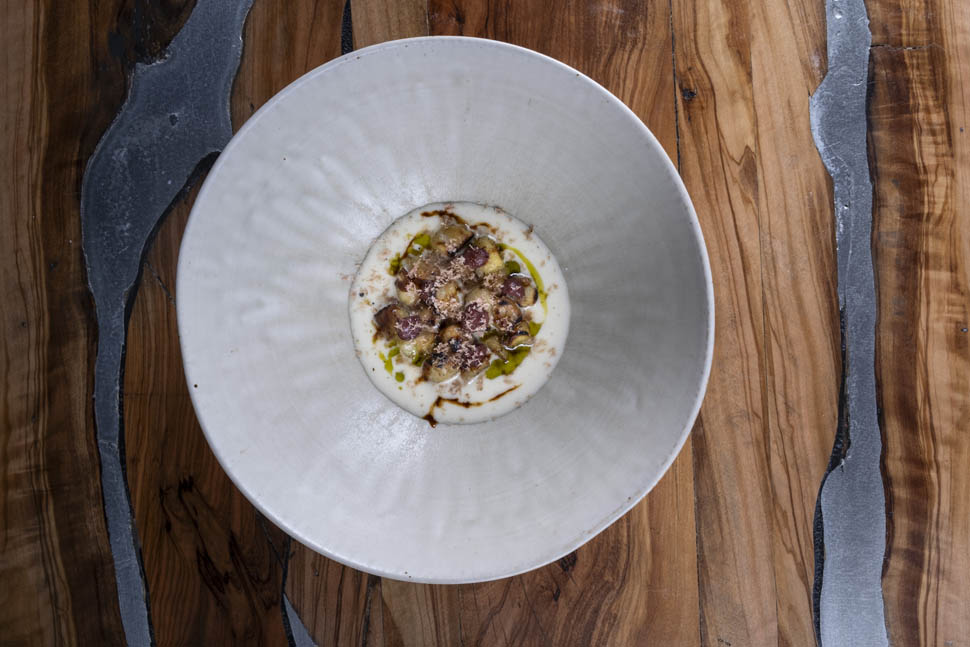
"Chocolate and Birch" is the final touch of the ungulate. Sweetness is diluted in the milk panna cotta from Azienda Salvaderi, in birch resin and sap, and in the deer jus obtained from particularly aged bones, evoking notes of chocolate mixed with roasting and tobacco. Special mention also goes to the panettone that the Vergine brothers learned to make from Ian Spampatti, a young rising star in leavening from Castione della Presolana. A mountain dweller with a generous spirit, he welcomed Riccardo and Matteo into his workshop, revealing his interpretation of the Christmas leavened bread. They make it with clarified butter and cocoa butter to create a more airy structure and a crisper bite. The panettone is sturdier without being dry. Quite impressive.
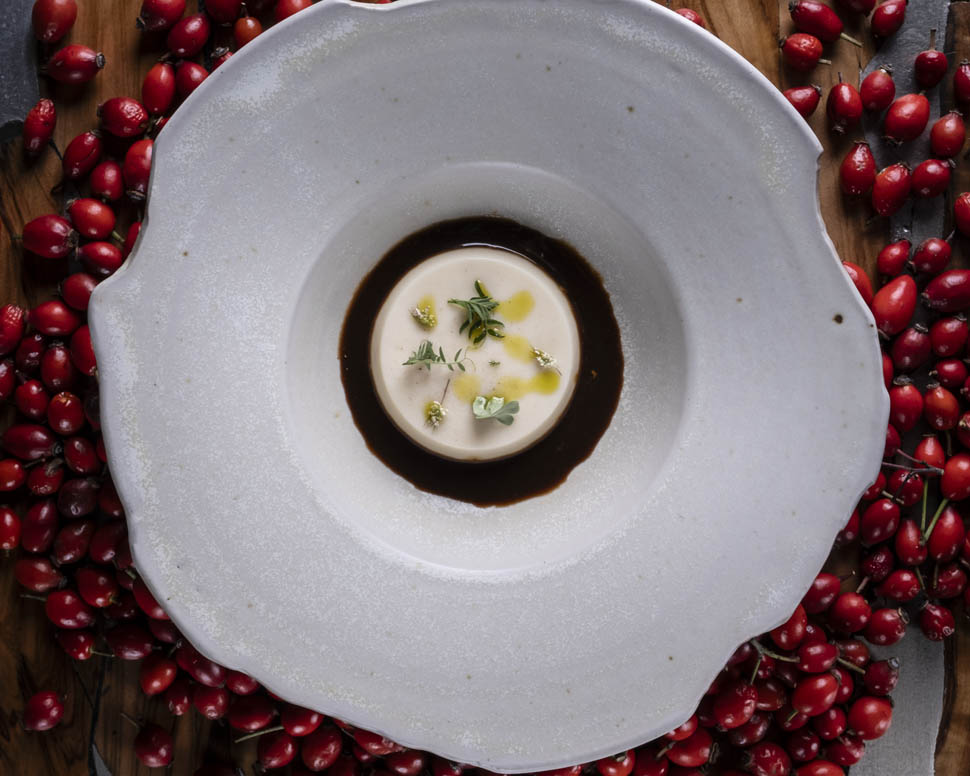
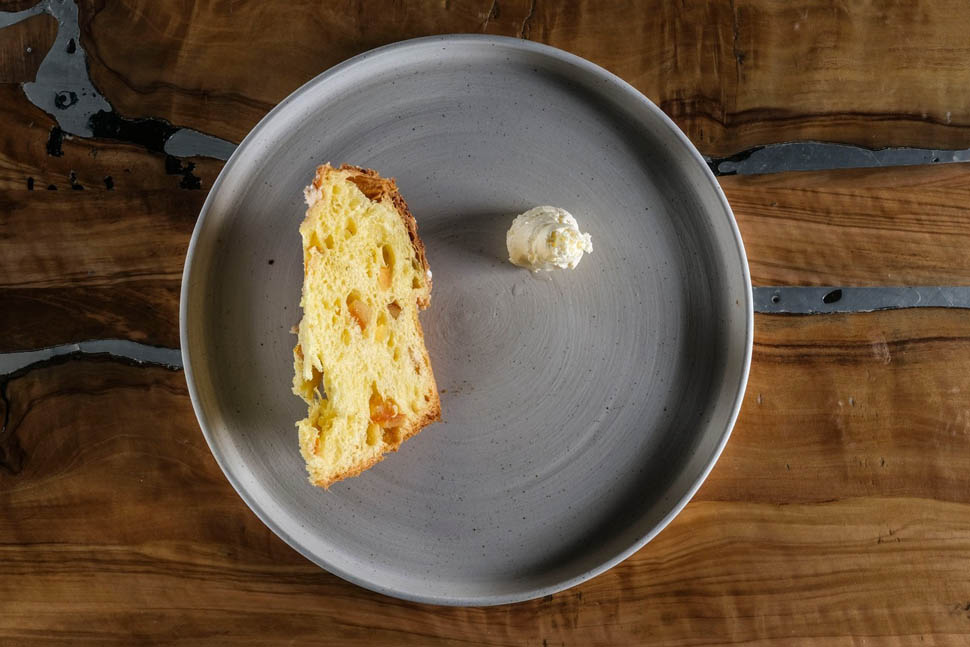
Regarding wine, the choice of limiting themselves exclusively to Lombardy would have been truly challenging. However, they remain in Italy, with a selection of only natural approach wineries. The only exception is a separate list of Champagnes from selected small artisans. The wine of the evening is L’Angelo Rosso, a Nebbiolo from Valtellina by Stefano Beltrama, a carpenter turned winemaker with pre-phylloxera centenary vines. We enjoyed the splendid 2018, tense, herbaceous, and wild, ideal to pair with Matteo's cooked meats. We don't know if the Grow brothers will remain just the two of them in 2024. As crazy as they are, they might choose not to add anyone. Are they worth four? For what they achieve, even for eight. We will return to visit them for one of their special evenings, where they explain an animal comprehensively, as if it were a monograph. Think of it as a vertical tasting, but of deer.
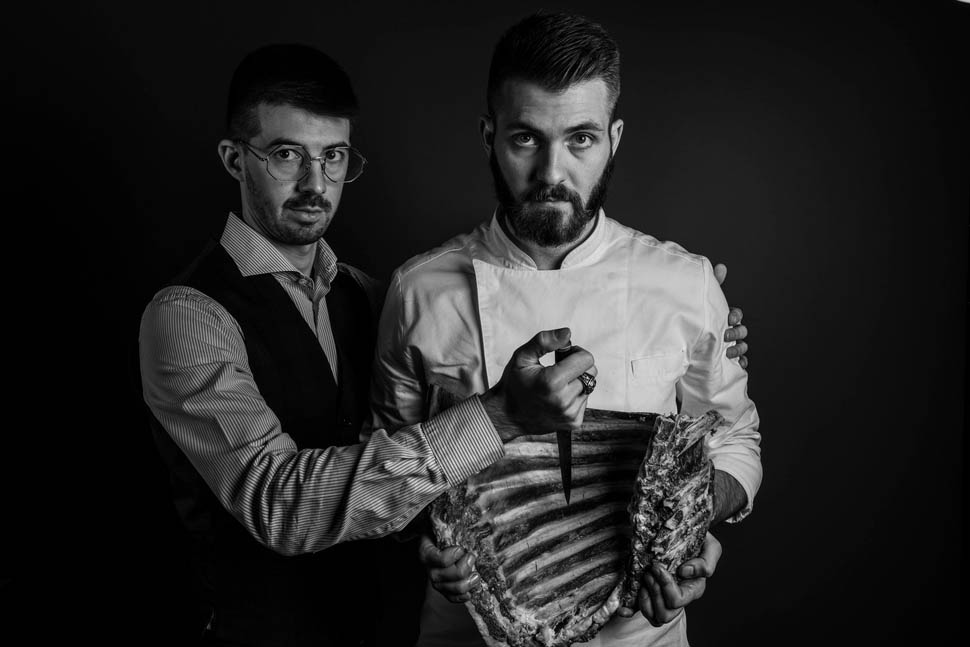
Contacts
Grow restaurant
via San Valerio 4, Albiate, 20847, Italy
Phone: +39 0362 136 0111
